I tested seven different camera binoculars in search of the best one for birdwatching. Only one model is worthy or shall I say, better than the others. This article includes hands-on reviews of each binocular camera I tested along with actual photos I took from each one. After reading this article you may find the better question is “Are binocular cameras worth it?”.
If you’re too busy or impatient (like me), below is the best camera with a built-in camera. If you’re really interested in buying one, please do not buy until you’ve read this article to the end. I’m confident this article will change your mind.
For 25+ years I’ve been attracting and enjoying wild birds in my backyard. I love taking pictures and sharing with friends online.
I have a terrific DSLR camera but have not yet invested in a proper zoom lens necessary to take crisp, up-close photos of the birds. The lens I have my eye on costs more than $1,000.
I heard about binoculars cameras and thought they would be a spectacular approach to getting my up-close bird photos without the large zoom lens investment.
So, I researched the highly-rated binoculars with built-in cameras, purchased, and tested 7 of them. Today, I share my recommendation and test results with you so you can save time & money finding the best one for you.
Here are the 7 camera binoculars models I tested:
- Camonity 5M
- ATN BinoX-HD
- Bestguarder NV900
- JStoon
- Rexing B1
- Creative XP NVB One
- Creative XP Pro
Before I get to the reviews of each device I’d like to provide an overview of this relatively unknown device. Rather get right to the reviews? Click here
Overview of Binoculars with Camera Built-In
Binoculars are used to view closeups of things far away. Cameras are used to capture images close up and far away. Binocular cameras are used to view and capture images of things that are far away.
Binoculars with a built-in camera are ideal for birdwatching because most birdwatchers carry binoculars and a camera with them. A device with combined capabilities is less, lighter, and less bulky gear to carry.
Advantages of Binoculars with Camera Built-In
Binoculars with a camera built-in have one key advantage:
- They’re smaller, lighter, and less bulky than separate binoculars and DSLR digital cameras.
Disadvantages of Binoculars with Camera Built-In
Below are the disadvantages of a binoculars camera;
- The image quality of binocular cameras is less than stellar. To be perfectly frank, the image quality is poor.
- The instructions for many devices are unclear and confusing. If you’re persistent and have the time, you’ll figure it out by fiddling with it.
- There are numerous unknown brands selling binoculars/cameras as a private label. This means the manufacturer behind the device isn’t willing to reveal themselves – an indication that they do not have expertise or a great reputation in the industry.
- None of the top binoculars or camera brands offer a binocular/camera (e.g. Canon, Nikon, Sony …) so brand recognition and the trust that goes with it are absent.
How to Choose the Right Binoculars with Camera Built-In
There are several steps to consider when choosing a binocular camera:
- Budget: Determine your budget: Binocular cameras can range in price from around $50 to a thousand dollars.
- Intended use: Consider your intended use so you can establish feature requirements.
- If you plan to use it for viewing nocturnal birds, be sure it has night vision.
- Will you use it when it rains? Look for a pair that is waterproof.
- Will you use it in the cold or hot temps? Look for a pair that is fog proof.
- Magnification: The magnification is indicated by a number, such as 10x or 20x. Bigger gets you closer to the birds but also may be difficult to keep steady enough to keep the bird in sight.
- Objective Lens Size: The objective lens size is the diameter of the front lens element, measured in millimeters. A larger objective lens size will gather more light, which can be helpful in low light conditions – a time when birds are typically active (am & pm). However, a larger objective lens size also means a larger and heavier device.
- Prism: Consider the prism: There are two types of prisms commonly used in binocular cameras – roof prisms and Porro prisms. While Roof prisms are more compact and lighter, they are also more expensive. Porro prisms are less expensive, but a bit more bulky.
- Eyepice: Pay attention to the eyepiece. Make sure they’re comfortable to use and adjust easily – especially if you wear glasses.
- Quality: Check the build quality of the binoculars camera. Is it made of durable materials, that feel solid and well constructed?
- Reviews: Check out the reviews of the model(s) you’re interested in but take them with a grain of salt. Many will be fake.
- Return policy: Make sure you can return them if they turn out to be a big disappointment. < This may be the most important step in the process because there is a 99% likelihood you will be disappointed.
Brands of Binoculars with Camera Built-In
As mentioned earlier, none of the top binoculars or camera brands offer a binocular/camera (e.g. Canon, Nikon, Sony …). Additionally, reputable binoculars and camera retailers don’t sell them either. Coincidence? I think not.
Below are the brands that make binoculars with built-in cameras:
- Camonity
- ATN
- Bestguarder
- JStoon
- Rexing
- Creative
- Bushnell
- Bell + Howell
- Sharper Image
- Many, many more obscure brands
What I learned after Testing 7 Binoculars Cameras
My primary intent with wanting one of these devices was to take photos of the zoomed-in subjects so my testing focus was on image quality.
- Right away I learned holding the binoculars camera and focusing them on the subject was a shaky ordeal. They all came with tripod capability but I wanted to make sure I could use them without a tripod as that’s how I would actually use them.
- With a subject more than 100′ away, I zoomed in and focused the best I could. In just about all cases, except with the Camonity 5M, I could not achieve a clear and crisp-focused subject. Sometimes just pressing the “Snap” button pushed the subject out of the viewport so I had to take multiple shots. In those cases, I chose the best shot to use as the sample.
- After testing the first three for image quality, I got very discouraged. The quality of the photos they captured was poor. At best, the subject was fuzzy and grainy. At worst, the subject was completely unfocused – even though I had the device focused as best it could get.
- I stayed positive and hoped at least one of the remaining four binocular cameras would prove to be a quality product. Unfortunately, that did not happen.
One or more of the 7 that I tested may be amazing for night vision or any of the other features but since my primary focus was testing the image quality
I’d like to clarify that many of the binocular cameras I tested have additional features such as night vision, video, and more. Since my primary focus was testing the image quality and early on it became evident camera binoculars did a poor job of it, I didn’t proceed with testing any of the other features.
Alternatives to Binoculars with Camera Built-In
Superzoom cameras are the #1 alternative to binoculars with cameras built in. Actually, it’s not even fair to compare the two because superzoom cameras have amazing image quality and are manufactured by reputable brands (e.g. Nikon, Sony, Panasonic, Canon).
Binoculars Cameras Reviews, Test Results & Sample Photos
Below are the binoculars camera models I tested along with the photos I captured from them (except the ATN model). I purposely did not add my commentary on the quality of each photo because a picture is worth a thousand words. In other words, you be the judge 😉
For reference, below is a photo of the subject taken from my Samsung S5 cellphone from the same location the binoculars camera photos were taken. While the Samsung S5 isn’t known for its amazing camera capability, it’s still better than the binoculars cameras and gives you something to compare the test images against.
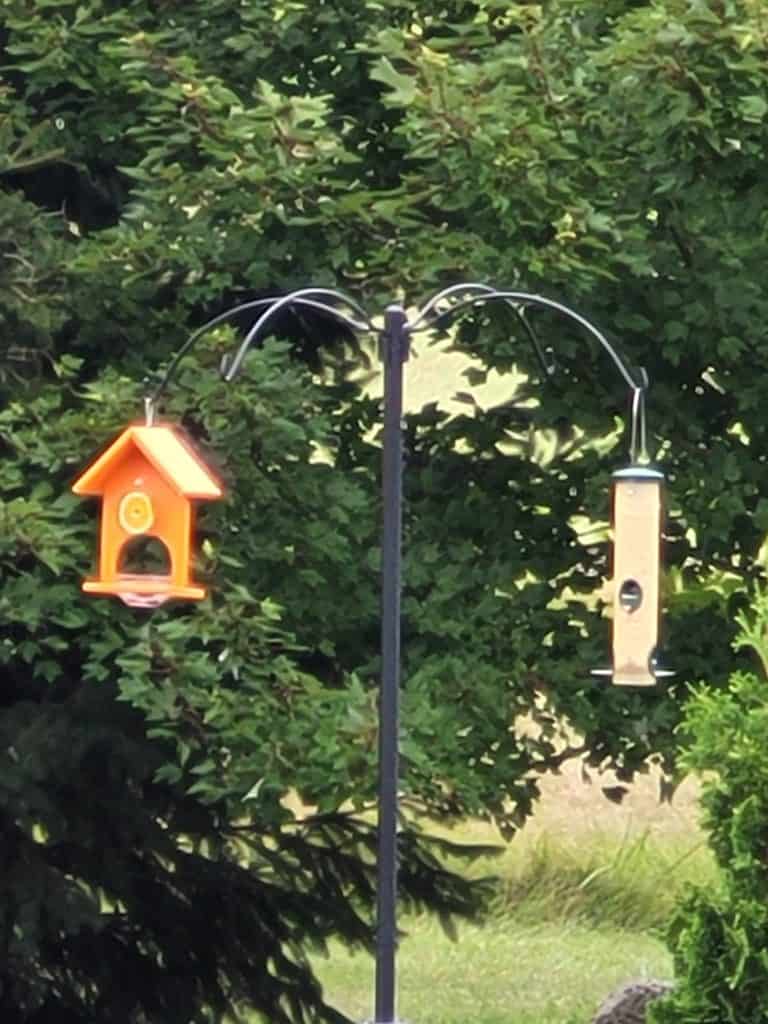
Camonity 5M Review & Sample Photo
The Camonity 5M is my pick for the binoculars camera with the best image quality.
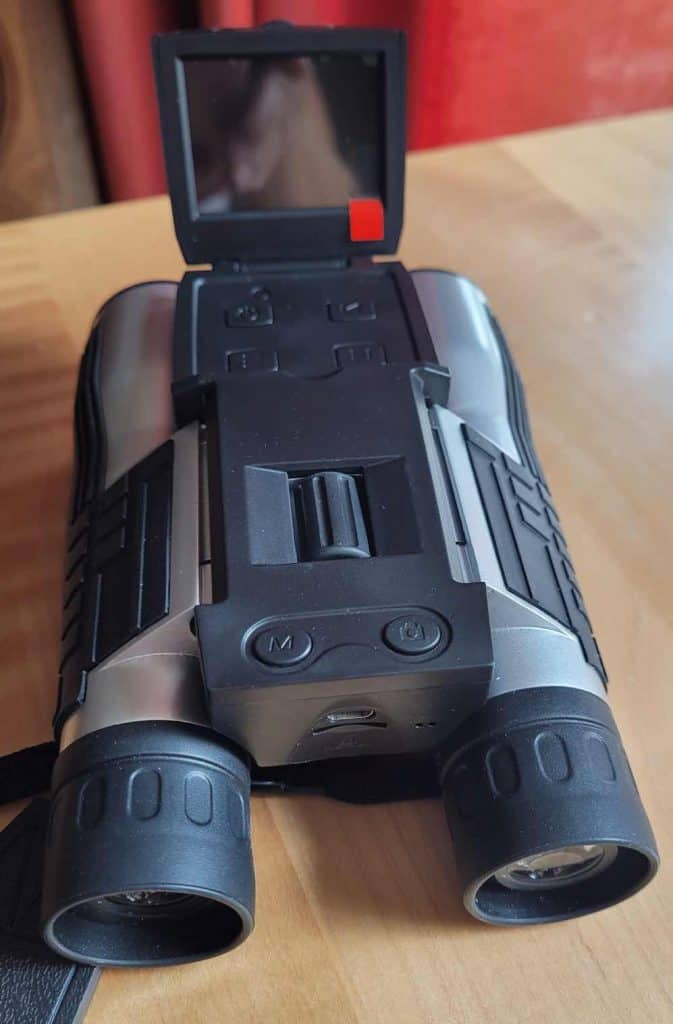
Below is the sample photo taken with the Camonity binoculars camera (left) against the photo taken with my Samsung S5 cellphone (right).
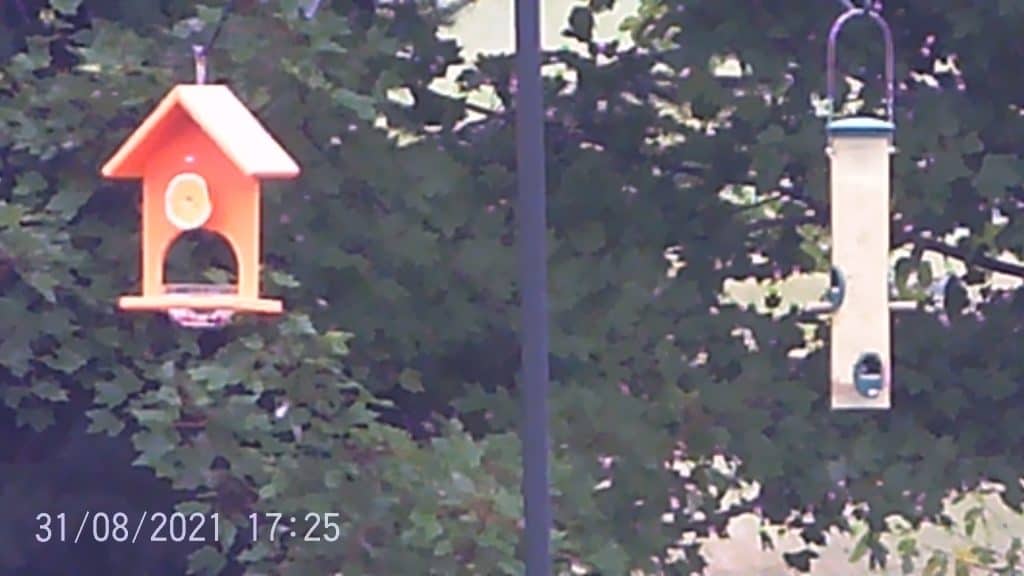

In life all things are relative. Binocular cameras are no different. From my testing, the Camonity 5M binoculars with a built-in camera had the best photo quality compared to the others I tested.
If you don’t want to wait for the binocular camera technology to improve I recommend purchasing the Camonity 5M.
ATN BinoX-HD Review & Sample Photo
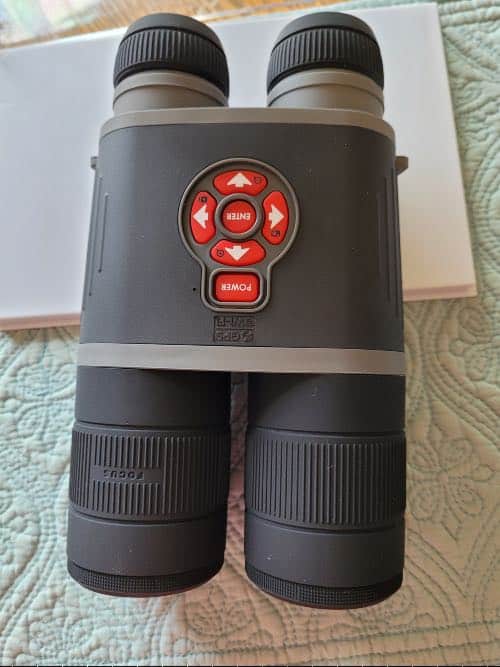
I don’t have a sample photo taken from the ATN BinoX-HD to share with you.
I was unable to get the wifi transfer capability to work. It’s a handy feature of the device but I couldn’t figure it out and the documentation didn’t explain it.
Although there was a MicroUSB port, the camera didn’t come with a cable, and the one I had didn’t fit.
You might say this device failed the tests because the setup could not be complete.
Bestguarder NV900 Review & Sample Photo
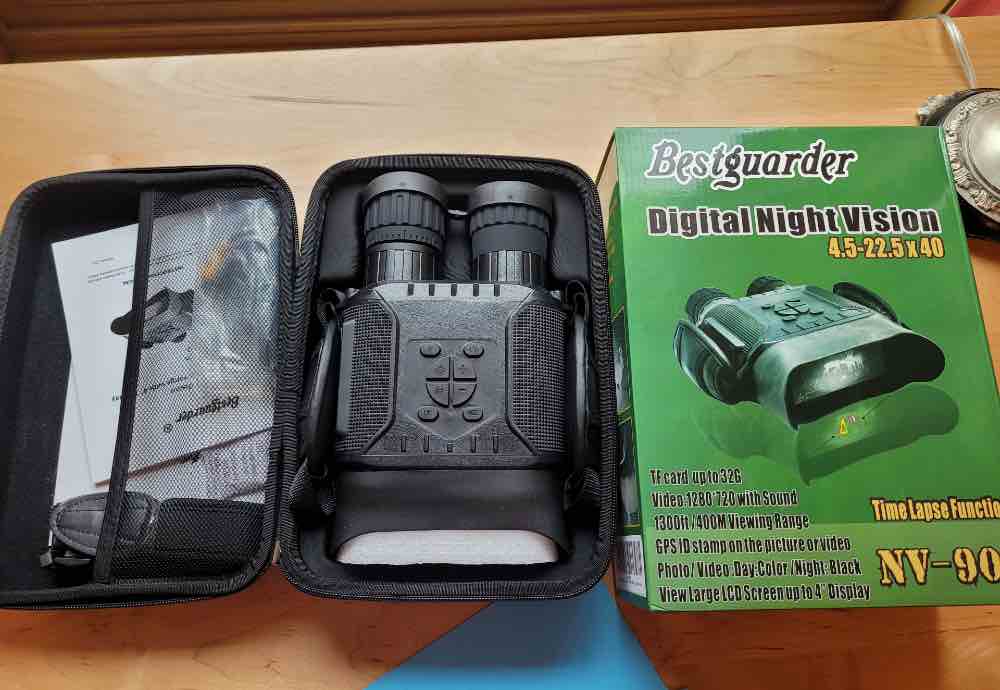
Below is the sample photo taken with the Bestguarder NV900 binoculars camera (left) against the photo taken with my Samsung S5 cellphone (right).
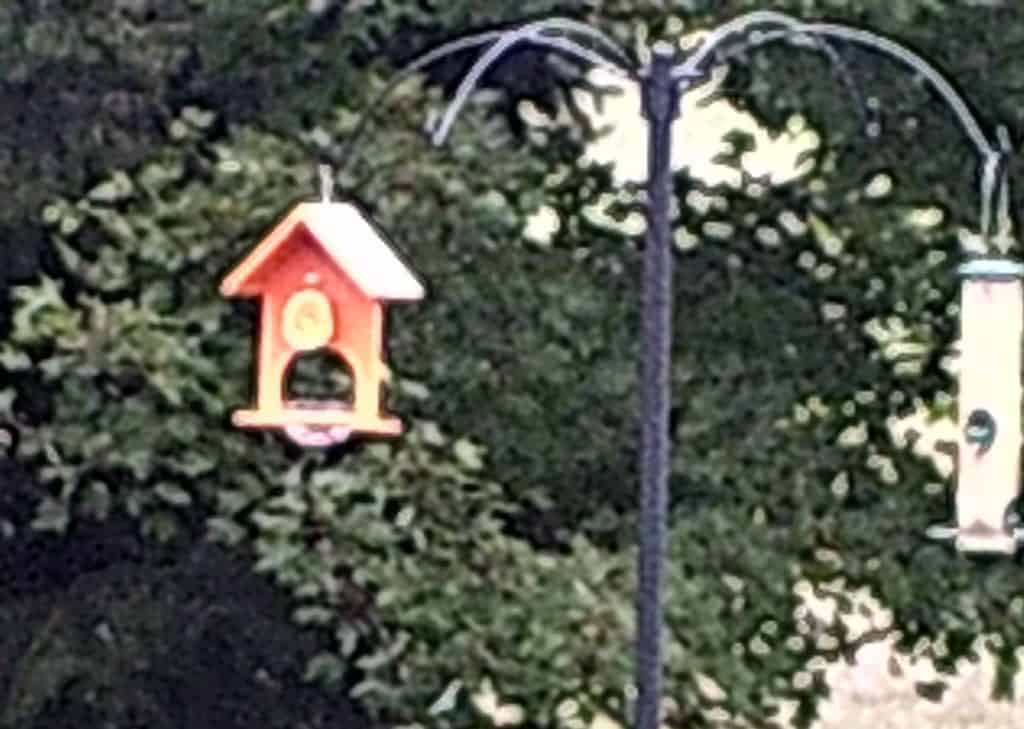

JStoon Review & Sample Photo
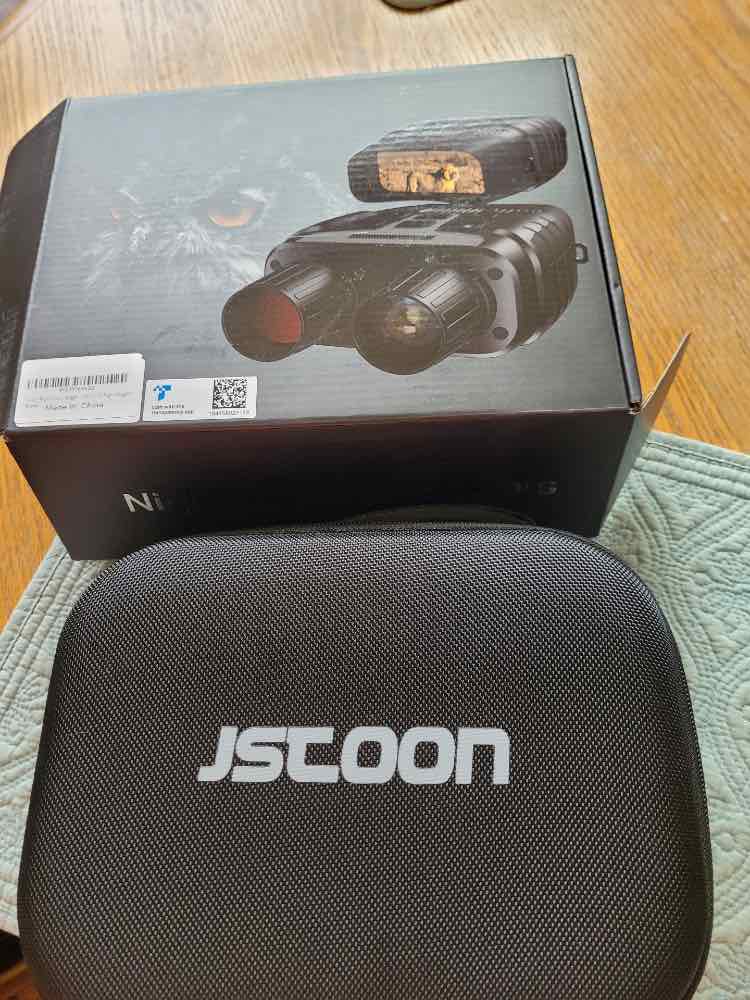
Below is the sample photo taken with the JStoon binoculars camera (left) against the photo taken with my Samsung S5 cellphone (right).
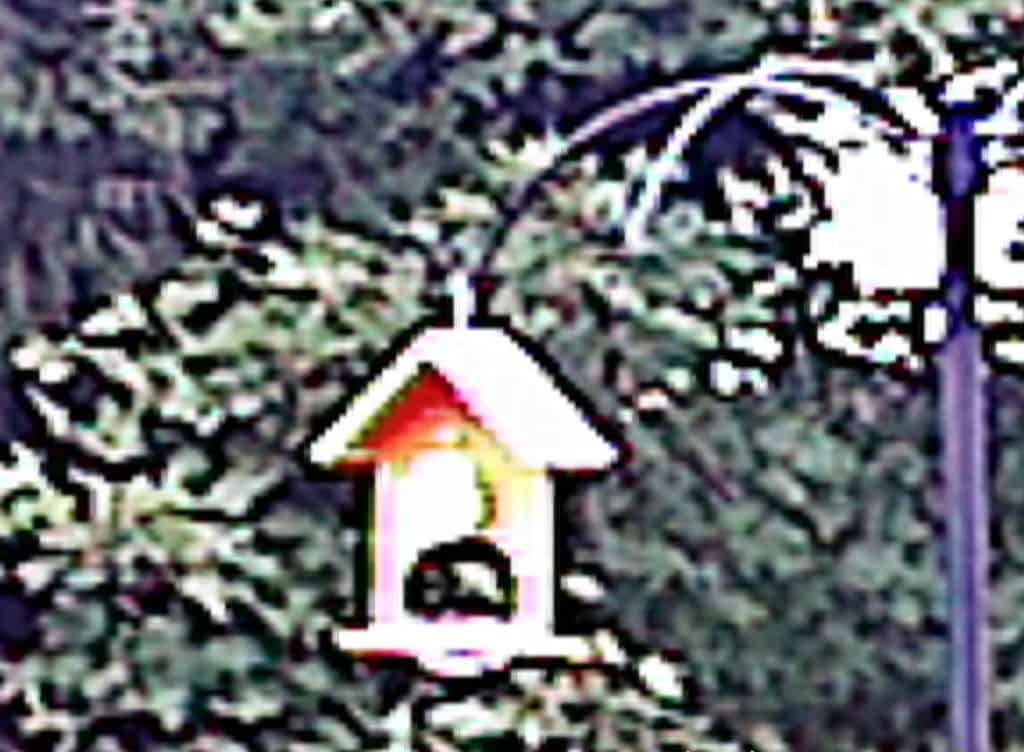

Rexing B1 Review & Sample Photo
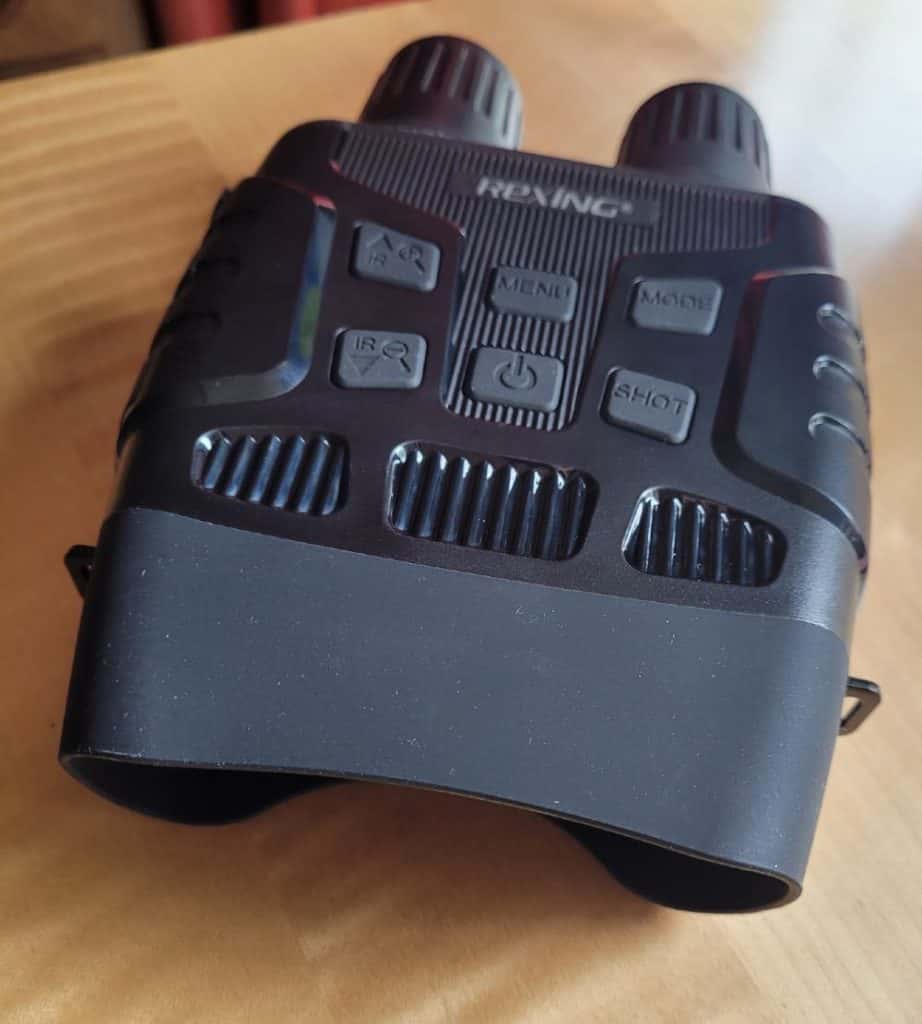
Below is the sample photo taken with the Rexing B1 binoculars camera (left) against the photo taken with my Samsung S5 cellphone (right).
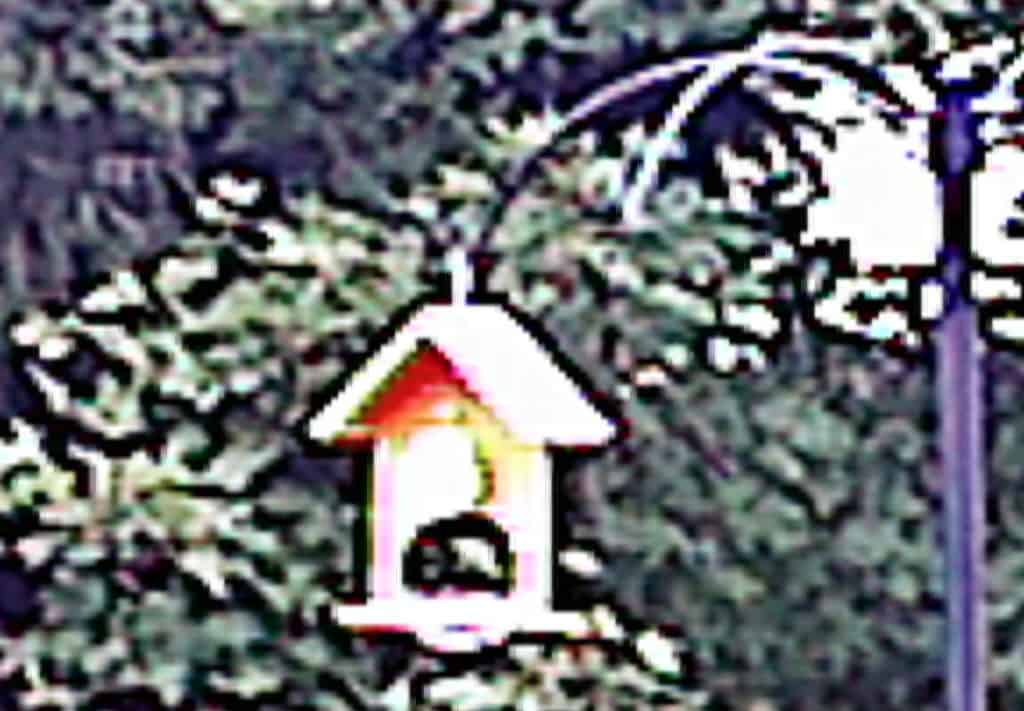

Creative XP NVB One Review & Sample Photo
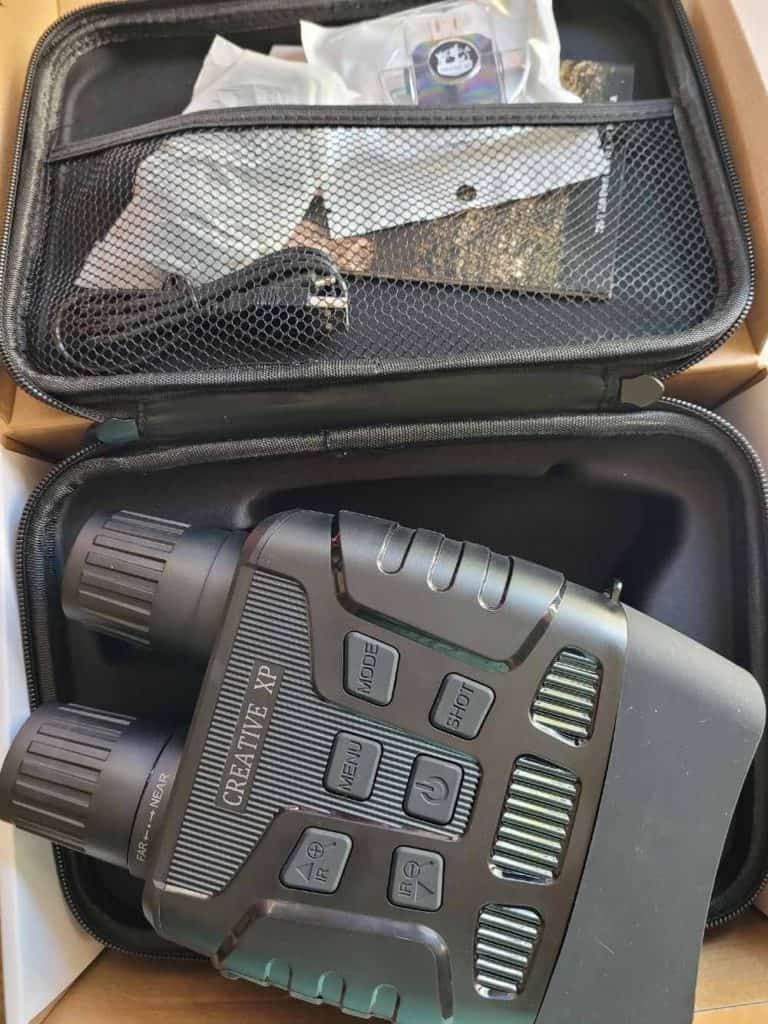
Below is the sample photo taken with the Creative XP NV1 binoculars camera (left) against the photo taken with my Samsung S5 cellphone (right). Need I say more?
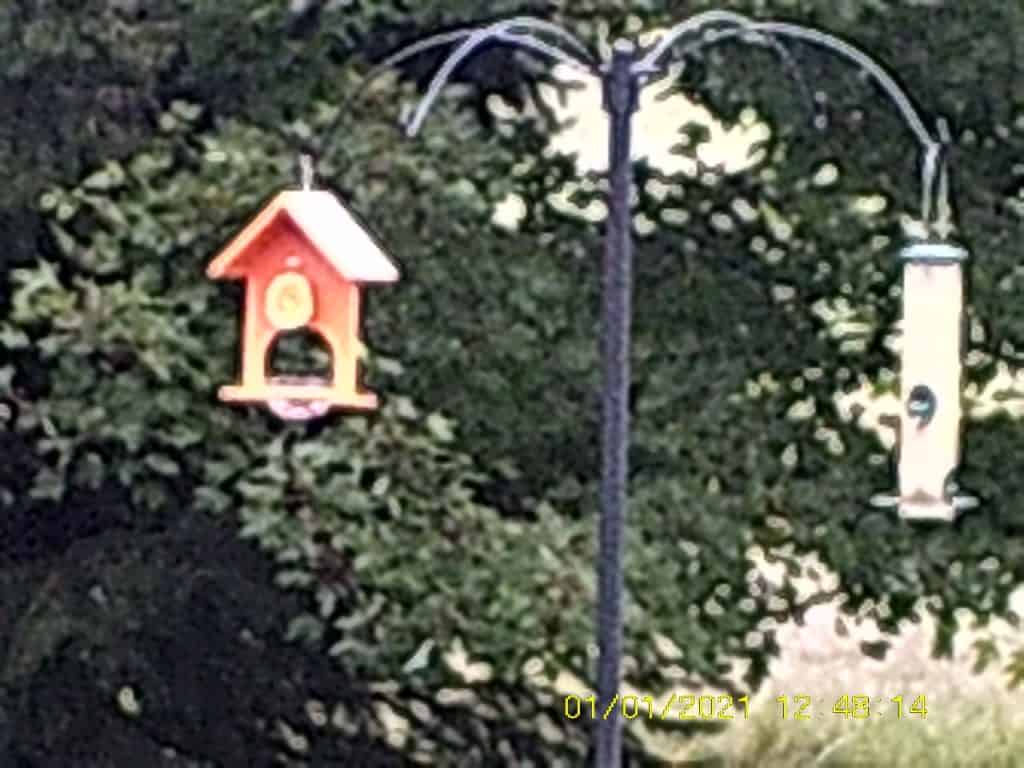

CreativeXP Pro Review & Sample Photo
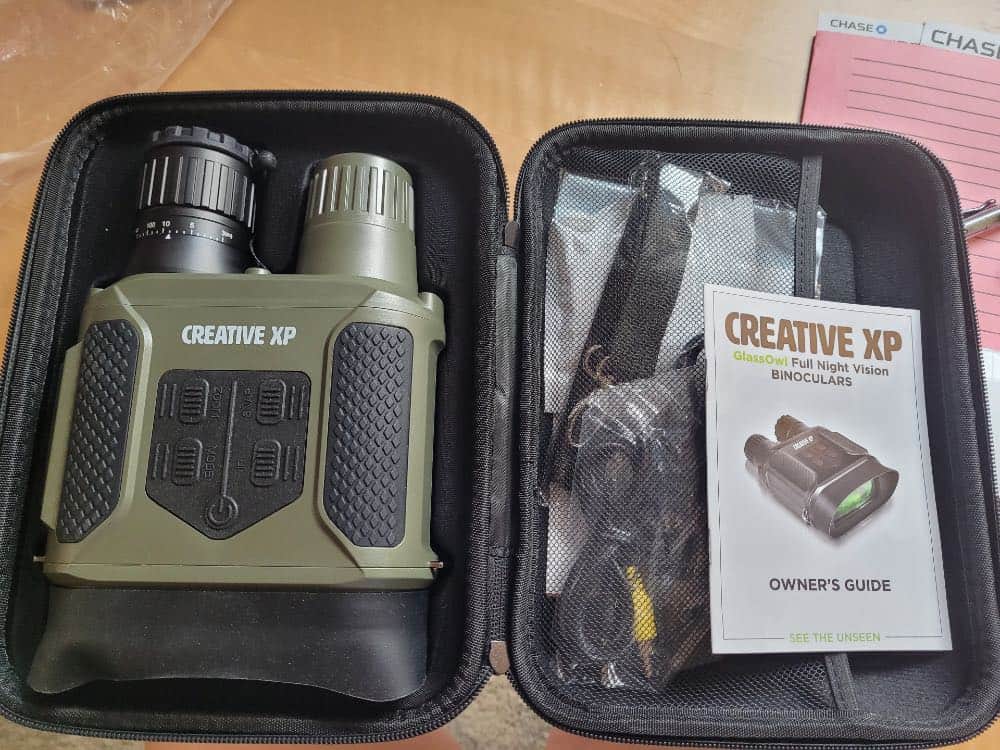
Below is the sample photo taken with the Creative XP NV binoculars camera (left) against the photo taken with my Samsung S5 cellphone (right). You be the judge.
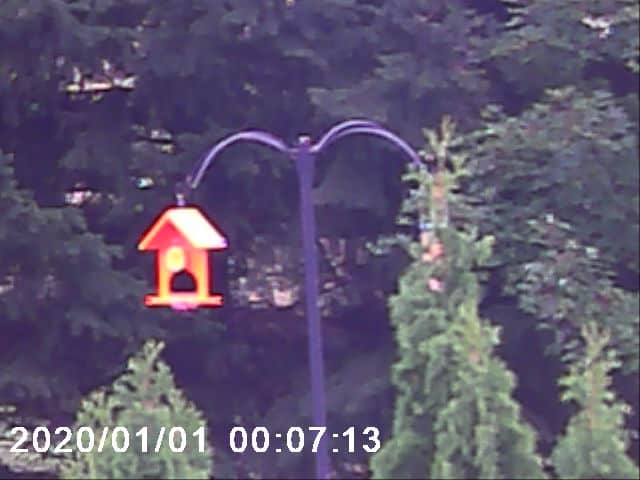

Are binocular cameras worth it?
No, binocular cameras are not worth the money. The images are fuzzy rendering the subject virtually unrecognizable.
I used to believe once the powerhouse camera companies like Canon, Nikon, Sony, and others enter the market and invest in developing the binoculars camera technology, the quality will skyrocket.
Now I believe superzoom cameras are the future for amateur and hobby birdwatchers.
If you’re a birdwatcher interested in snapping clear, zoomed-in, high-quality pictures of birds you must check out The Best Superzoom Cameras for Birding. Even the budget superzoom camera blows the best binoculars camera out of the water.
What do you think? Based on my sample photos, do you think binocular cameras are worth it? Leave a comment below.
Happy Birding!

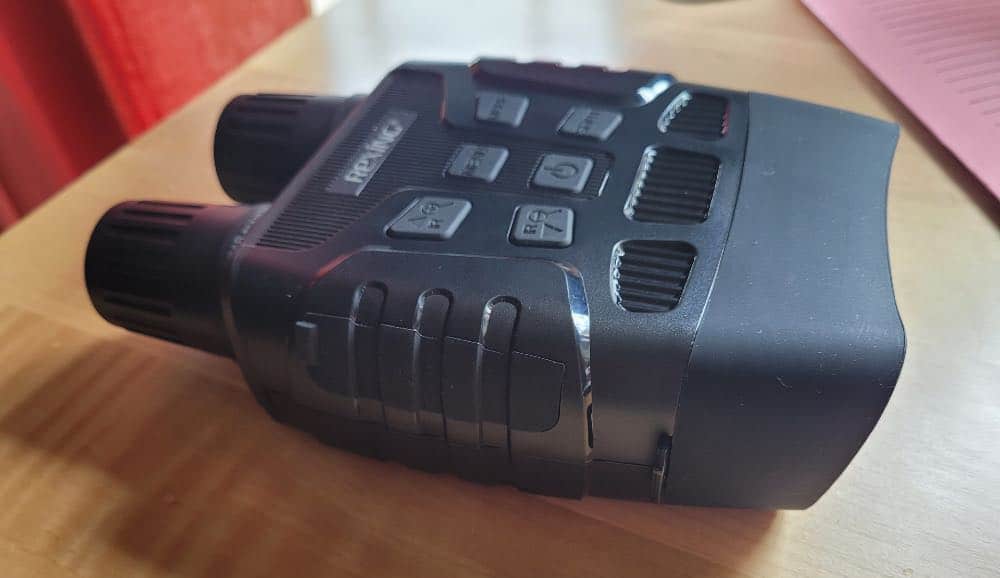
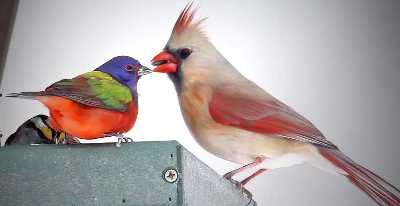

Thanks. I think you’ve convinced me that binoculars with cameras are not quite primetime yet. Maybe in a couple more years…
Happy to help 🙂